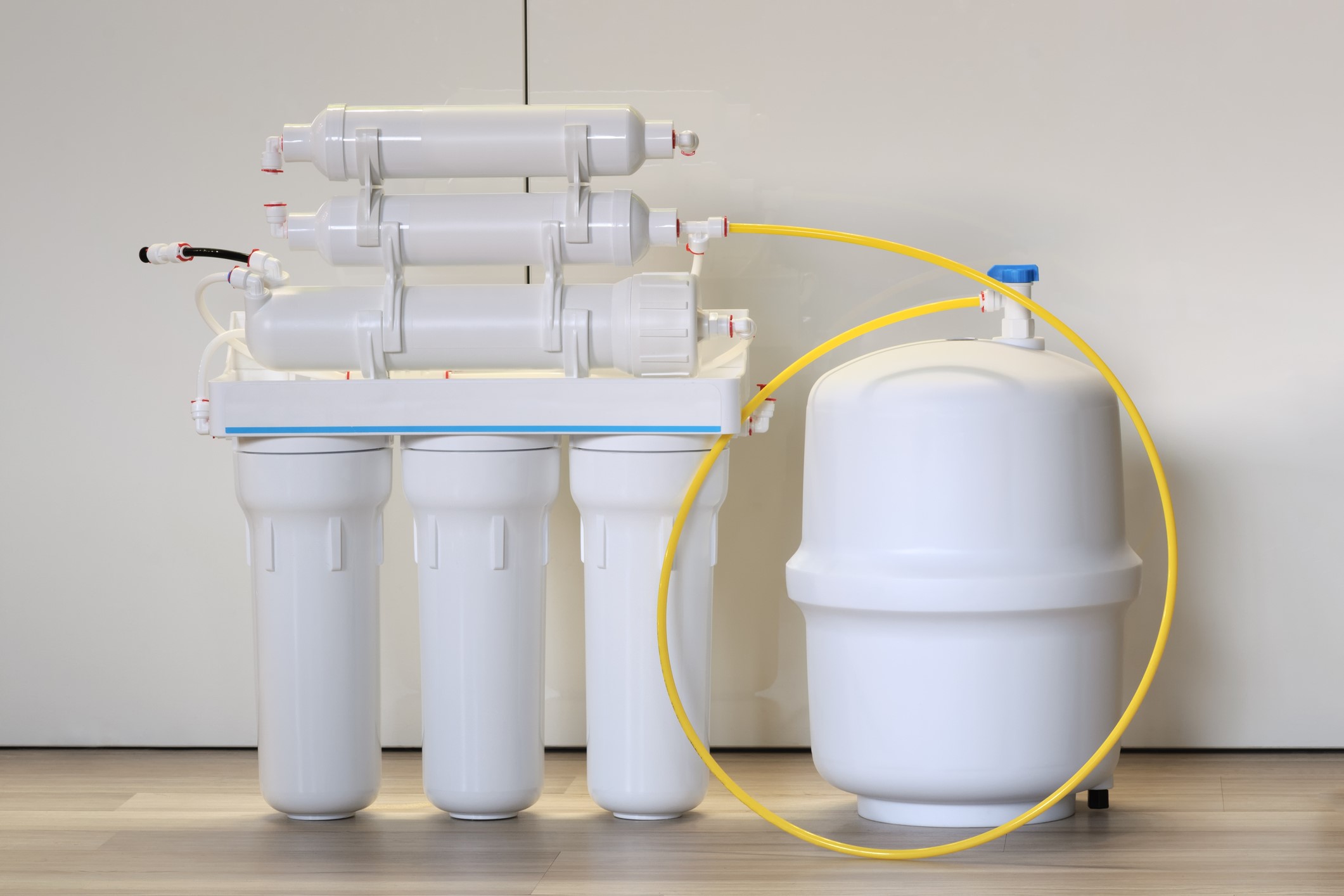What is “Natural” Uranium? Is There Uranium in My Well Water?
Uranium occurs naturally in some Western Upper Peninsula bedrock and groundwater; therefore wells are susceptible to contamination. Wells with high levels of uranium have been found in Baraga, Houghton, Keweenaw, Gogebic and Ontonagon Counties. The amount of uranium in bedrock and well water will vary greatly from place to place and without testing, it is not possible to determine if the water is safe for drinking.
How Can Uranium Affect My Health?
The US EPA sets the standards for public drinking water. These standards are known as the Safe Drinking Water Limits. The limits for many chemicals and contaminants are health-based limits calculated by assuming that a person drinks two liters of water a day for 70 years. The safe limits are known as Maximum Contamination Limits or MCL’s. EPA considers water above the MCL as being unsafe. The MCL for uranium in public drinking water is 30 micrograms per liter (30 ug/L). The MDEQ Drinking Water Lab reports the same MCL as 0.03 milligrams per liter (0.03 mg/L). The MCL for uranium was established because of its toxicity as a heavy metal which may result in kidney damage over time. There may also be a small increase in cancer risk over the course of a lifetime. The EPA has estimated that the additional lifetime cancer risk associated with drinking water that contains 30 ug/L (the MCL for uranium) is about 1 person in 10,000 who drinks two liters of uranium-contaminated water a day for 70 years. Bathing and showering with water that contains uranium is not a health concern.
How Can I Make Sure That My Well Water Safe For Drinking?
Uranium testing should be your first step. Test kits are available at each of the Western UP Health Department offices. Laboratory fees are $18 plus postage. If you do have uranium at a concentration greater than the EPA standard of 30 micrograms per liter (or 0.03 mg/L), the Western UP Health Department recommends that you install a “point of use” reverse osmosis or distillation system in your home.
Why Should I Buy a Reverse Osmosis or Distillation System ?

Point of use devices are installed directly at the tap and are used to reduce contaminants at that location. Several technologies are available that are effective in removing uranium. For most households, a single point of use treatment system on the drinking water tap will be sufficient to provide safe water for drinking. Point of use reverse osmosis (RO) and distillation treatment will remove many different contaminants from your drinking water, including uranium and radium.
Reverse osmosis is a process that filters most impurities from water by passing it through a fine membrane. Contaminants such as uranium are left behind on the membrane while treated water passes through. You may need to install a pre-filter before the reverse osmosis system. The World Health Organization reports that reverse osmosis treatment will remove 90-99 percent of uranium. Point of use RO systems are available from a variety of different sources, and WUPHD recommends that you purchase a unit which is “NSF certified for radium 226/228 reduction”. (NSF does not offer a uranium certification.) For more information, please visit the NSF website.
A reverse osmosis system typically costs around $300 and you can save money by doing the installation yourself. A point of use RO system will typically produce about 7 to 14 gallons a day of drinkable water. This amount of production should meet the cooking and drinking needs of a typical household. To fix a uranium or radium problem, it is necessary only to treat the water you drink because uranium gets into the body through ingestion. It is safe to take baths using untreated water because uranium or radium is not absorbed through your skin.
A distillation system works by boiling water into water vapor, then returning it to its liquid state. The minerals and contaminants such as uranium form scales and are trapped in the boiling chamber. The condensed water is collected in a storage container for consumption.
Point of use devices and systems currently on the market may differ widely in their effectiveness in treating specific contaminants and performance may vary from application to application. Therefore, selection of a particular device or system for uranium reduction should be made only after a careful investigation of its performance capabilities based on results from equipment validation testing for the specific contaminant to be reduced. After installation, periodic testing by an accredited laboratory should be conducted on both the water entering a treatment device and the water it produces to ensure the device is reducing the uranium concentrations to below 0.03 mg/L.
